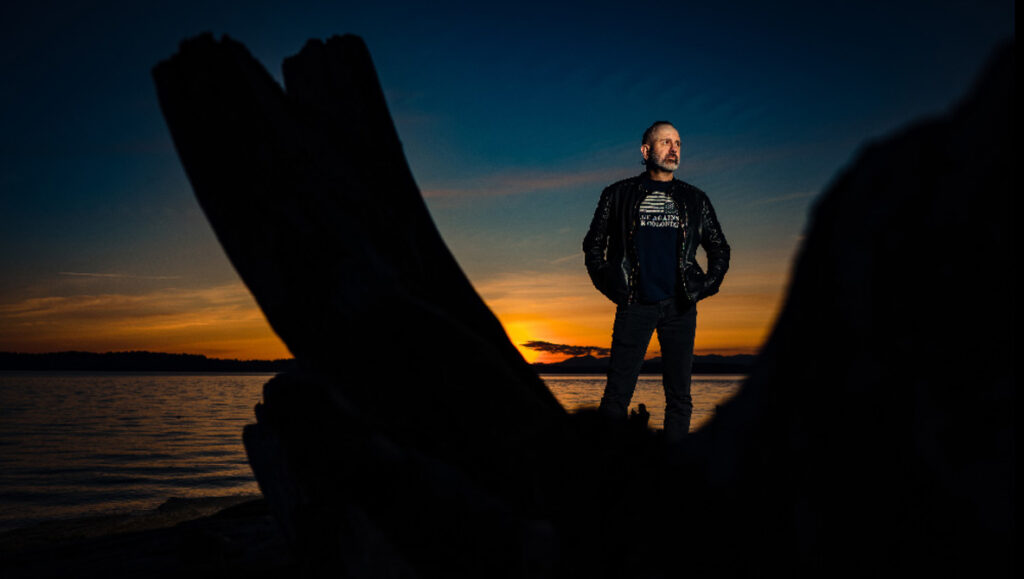
One of the quickest and easiest ways to completely change an image and make it more memorable is to add a flash. Introducing flash techniques to your photography doesn’t only mean more light. It also means more more exposure options, and more control. And a lot more complications.
But it also opens up whole new areas of photography, allowing you to advance your skills.
As the name suggests, flash photography means the creation of images using artificial light. The light source can be a classic Speedlight flash or studio lights.
The beauty of flash photography is that you are not forced to adapt to the ambient light. Instead, you create and sculpt your own light.
So how can I control light using a flash?
Flashes are also useful outdoors, to improve your photos in tricky light conditions.
Using flash in your photography may sound intimidating at first. That is why we wanted to give you these tips and tricks to get the best results out of your flash photography.
Do you struggle to get good family photos during outdoor activities?
The main problem, especially on sunny days, is that most of the time you will shoot ‘into’ the light.

In this case, particularly if you shoot in automatic mode, one of two things will happen. Both of which are undesirable.
The red-eye effect happens when the flash is used to take a shot and the pupils of humans or animals appear red.
In low-light, pupils dilate, but the flash occurs so fast they cannot contract. Thus, the camera picks up the light reflected back through the pupil after bouncing off the back of the eye. The main cause of the red color comes from the blood vessels in the eye.
The simplest solution to avoid the red-eye effect is to ask the subject to look away from the camera.
If that is not ideal, most cameras have red-eye reduction capabilities built-in. For example, they can fire the flash twice when the shutter is pressed, causing the pupil to contract. This function will tame the red-eye effect.
There are two types of light in photography: hard and soft.
If you take an image using direct flash, the light is hard and will cast strong, ugly shadows on the background.
To learn more about applying these principles and buying Best Camera or to know camera price in Pakistan, please contact our experts.
Monday – Saturday:
11:30 AM – 9pm
Copyright © 2025. All Rights Reserved.
Website Powered By DABBS Solutions Pvt. Ltd.
Social Chat is free, download and try it now here!